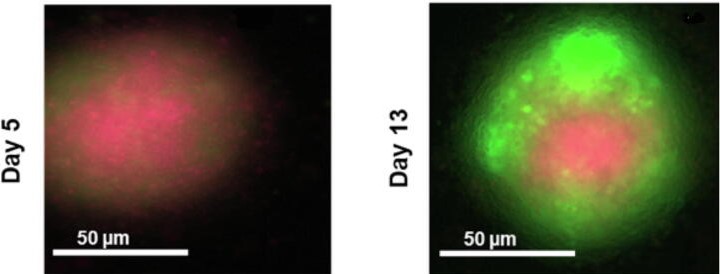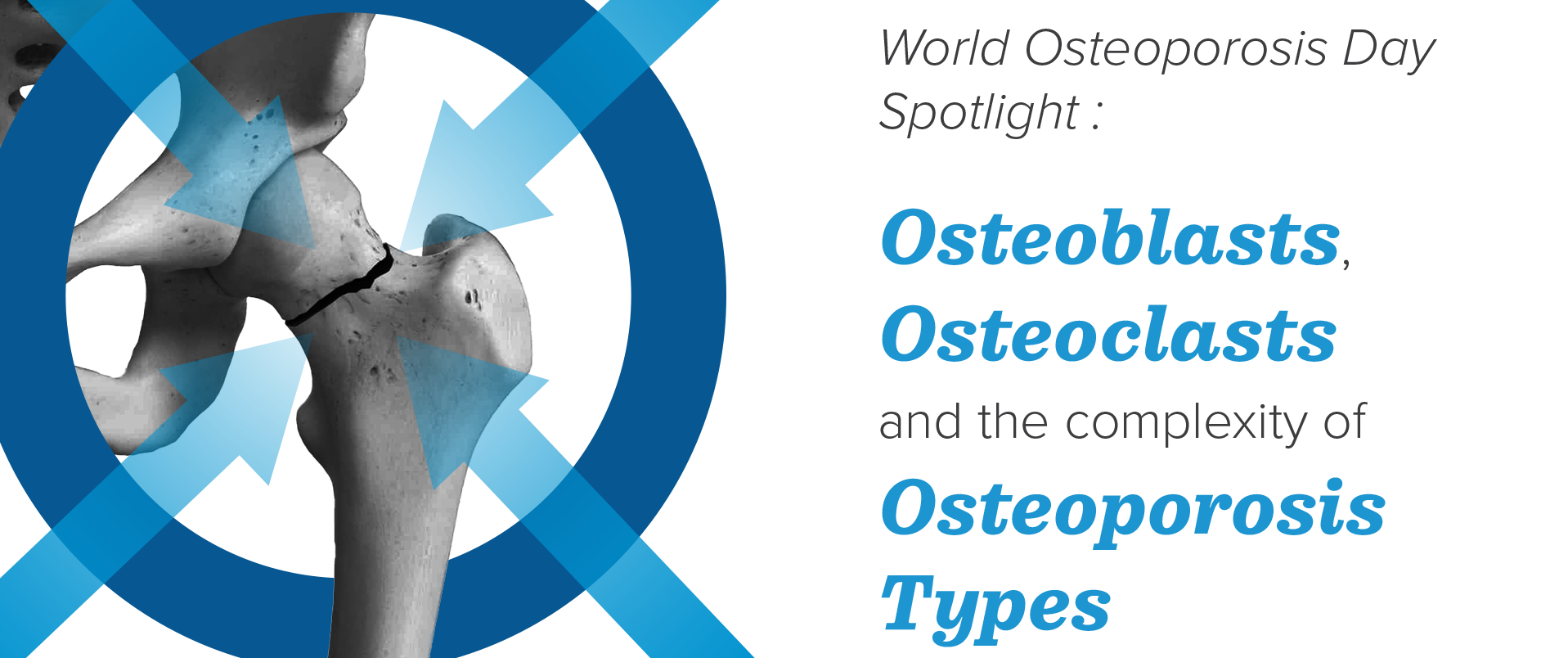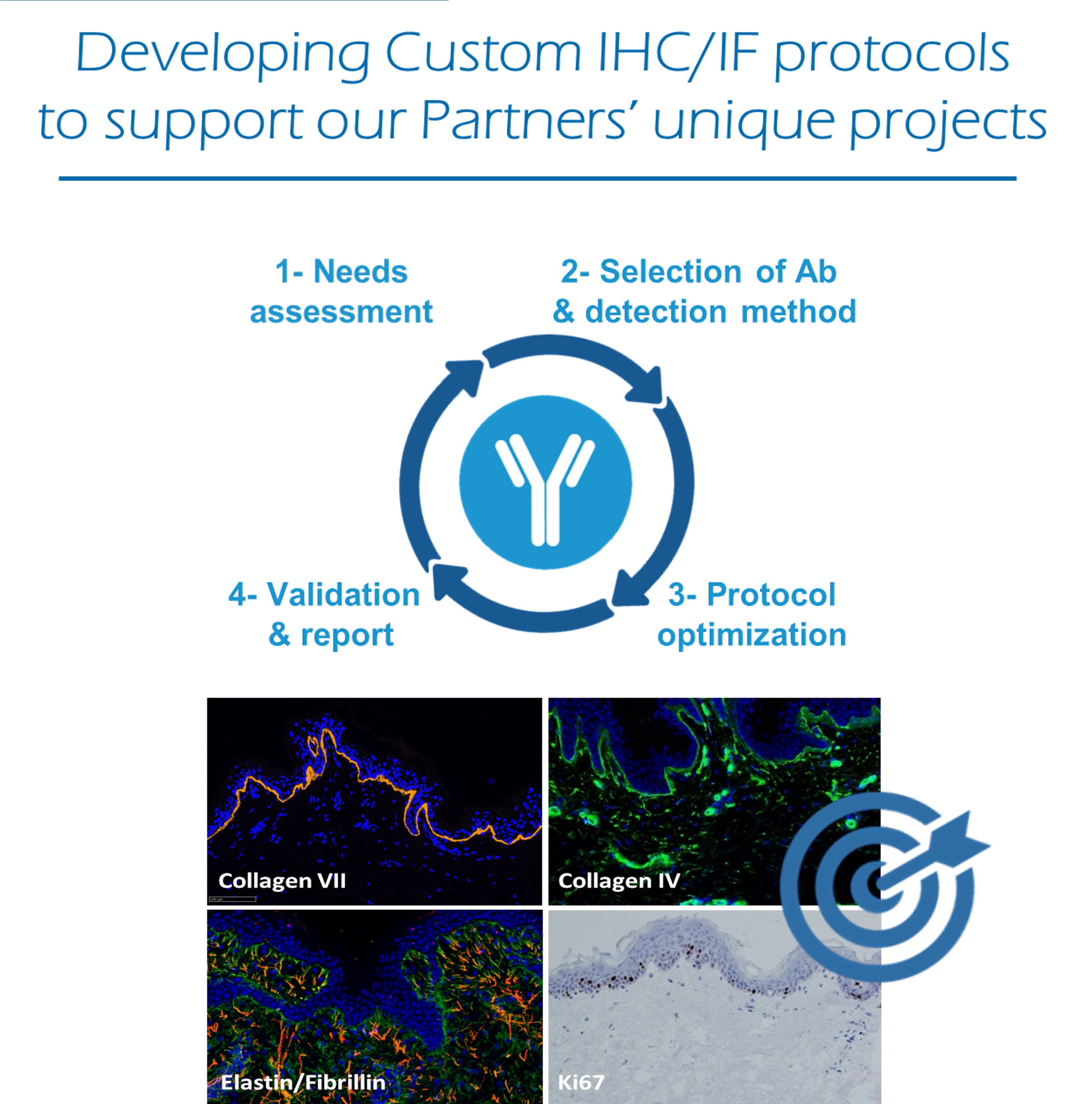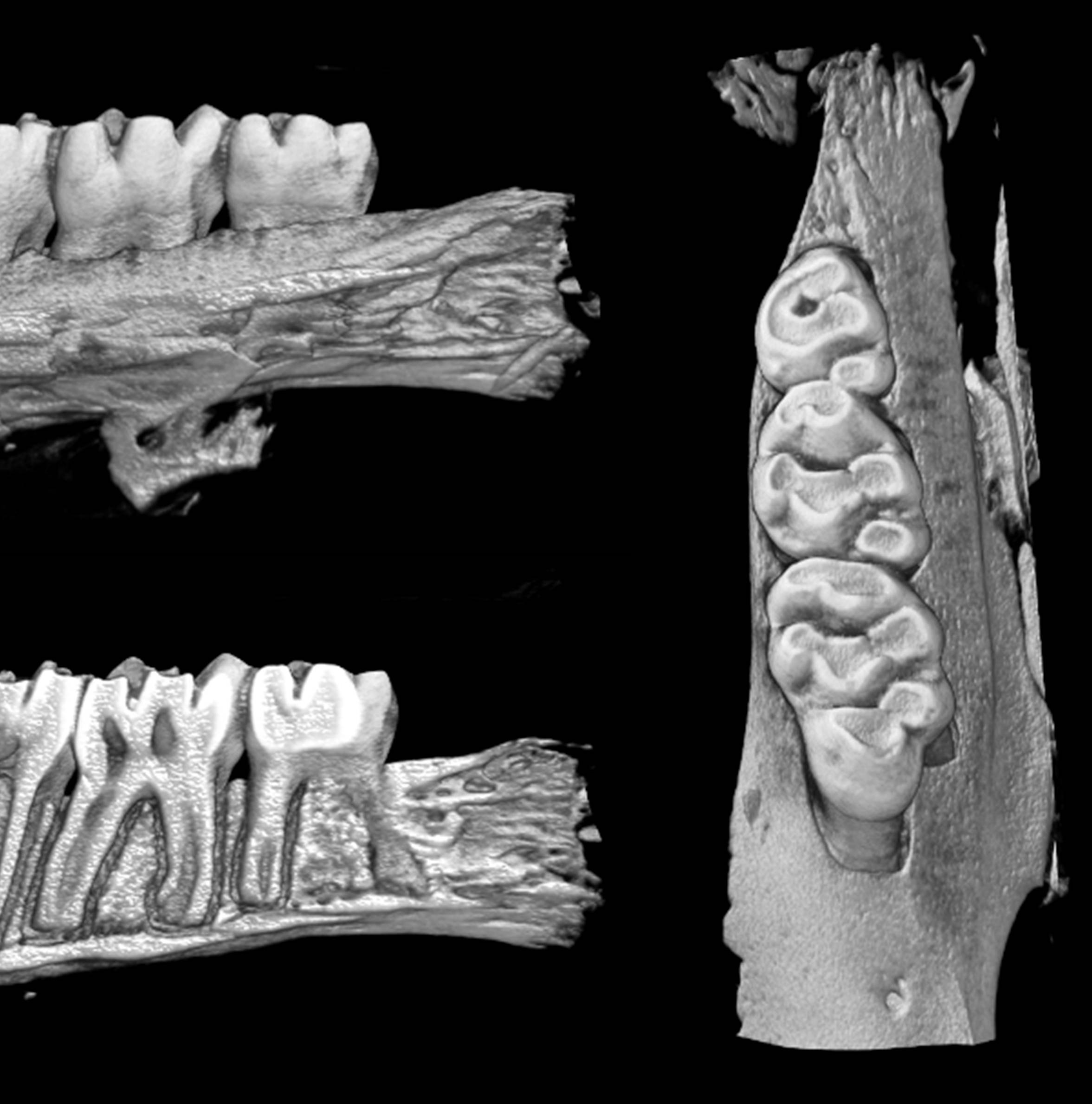Bone sarcomas are rare tumour entities that arise from the mesenchyme most of which are highly heterogeneous at the cellular, genetic and epigenetic levels. The three main types are osteosarcoma, Ewing sarcoma, and chondrosarcoma. These oncological entities are characterised by high morbidity and mortality and an absence of significant therapeutic improvement in the last four decades. In the field of oncology, in vitro cultures of cancer cells have been extensively used for drug screening unfortunately with limited success. Indeed, despite the massive knowledge acquired from conventional 2D culture methods, scientific community has been challenged by the loss of efficacy of drugs when moved to clinical trials. The recent explosion of new 3D culture methods is paving the way to more relevant in vitro models mimicking the in vivo tumour environment (e.g. bone structure) with biological responses close to the in vivo context. The present review gives a brief overview of the latest advances of the 3D culture methods used for studying primary bone sarcomas.
Keywords: 3D culture; Bioprinting; Chondrosarcoma; Ewing sarcoma; Extracellular matrix; Microfluidics; Multicellular tumour spheroid; Osteosarcoma; Scaffold-based 3D culture.




